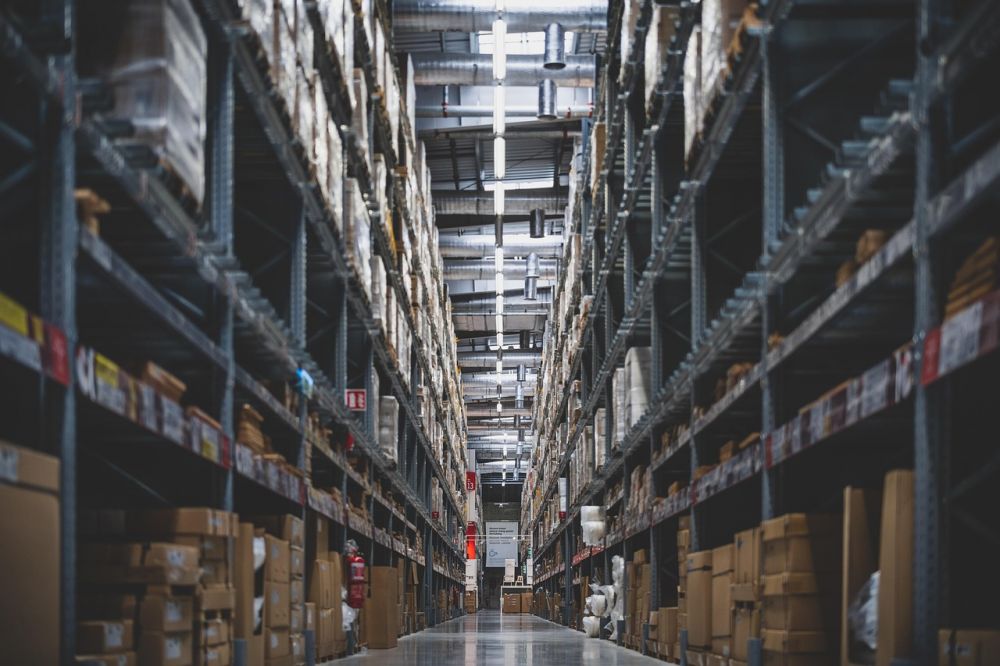Black Friday is an annual shopping event that takes place on the day after Thanksgiving in the United States

It has become a global phenomenon, with retailers around the world offering significant discounts and deals to attract shoppers. In this article, we will provide an in-depth overview of Black Friday deals, including what they are, the different types available, popular items, and quantitative measures. We will also discuss the differences between various Black Friday deals, as well as the historical pros and cons associated with them.
I. Introduction to Black Friday Deals
Black Friday deals refer to the special promotions and discounts that retailers offer on the day after Thanksgiving. It marks the beginning of the holiday shopping season and is often considered the busiest shopping day of the year. Consumers eagerly await this day to snag great deals and savings on a wide variety of products. The popularity of Black Friday deals has led to its expansion across different industries, both offline and online.
II. Comprehensive Presentation of Black Friday Deals

A. Types of Black Friday Deals
There are several types of Black Friday deals that shoppers can take advantage of:
1. Doorbuster Deals: These are limited-time offers on popular items that are so enticing that they attract shoppers to line up outside stores before they open. Doorbuster deals often feature heavily discounted electronics, appliances, and other high-demand products.
2. Online Deals: With the rise of e-commerce, online retailers have started offering exclusive online deals on Black Friday. These deals can range from discounts on a specific product to sitewide promotions. Online deals provide convenience for shoppers, as they can shop from the comfort of their homes.
3. Flash Sales: Flash sales are time-limited deals that create a sense of urgency among shoppers. These deals typically last for a few hours or even minutes and offer significant discounts on selected items. Flash sales are popular among online retailers and often require shoppers to act quickly to secure the deal.
B. Popular Black Friday Items
Certain products are commonly associated with Black Friday deals due to their popularity and demand. Examples of popular Black Friday items include:
1. Electronics: TVs, smartphones, laptops, and gaming consoles are some of the most sought-after products during Black Friday. Retailers often offer substantial discounts on these items to attract customers.
2. Home Appliances: Black Friday is an excellent time to buy appliances such as refrigerators, washing machines, and dishwashers. Many retailers provide attractive deals on these items, making it a popular category among shoppers.
3. Fashion and Accessories: Clothing, shoes, and accessories also see significant discounts during Black Friday. Retailers offer deals on both luxury and everyday brands, making it an ideal time to update one’s wardrobe.
III. Quantitative Measurements of Black Friday Deals
To measure the success and impact of Black Friday deals, various quantitative measurements can be used:
1. Sales Volume: Retailers often track the total sales generated during the Black Friday period to gauge the popularity and effectiveness of their deals. Increased sales volumes indicate a successful promotion.
2. Conversion Rates: Calculating the percentage of shoppers who made a purchase out of the total number of visitors can provide insights into the effectiveness of Black Friday deals. Higher conversion rates suggest that the deals were enticing enough to drive purchases.
3. Average Order Value: Monitoring the average amount spent per order during Black Friday helps retailers understand if customers are taking advantage of the deals and purchasing additional items.
IV. Discussion on the Differences between Black Friday Deals
Not all Black Friday deals are created equal. There are significant differences between various deals, including:
1. Discount Percentage: The level of discount offered can vary among retailers and products. Some deals may offer a higher percentage off the original price, while others may have a lower discount. Shoppers should evaluate the actual savings to determine the best deal.
2. Product Availability: Limited stock can create differences in Black Friday deals. Some items may have limited quantities available, making them more exclusive and desirable. Shoppers should be aware of the availability of the product before making a purchase.
3. Fine Print: Retailers may have certain terms and conditions attached to their Black Friday deals, such as limited warranties or no returns. It is important for shoppers to thoroughly review the details before making a purchase to avoid any surprises or disappointments.
V. Historical Overview of Pros and Cons of Black Friday Deals
Over the years, Black Friday deals have been subject to both praise and criticism. Understanding the historical pros and cons can help shoppers make informed decisions:
1. Pros of Black Friday Deals:
– Significant Savings: Black Friday deals offer the opportunity to save a substantial amount of money, especially on high-ticket items.
– Early Holiday Shopping: Black Friday allows consumers the chance to kick-start their holiday shopping and purchase gifts at discounted prices.
– Excitement and Tradition: Black Friday has become a cultural phenomenon, with many people enjoying the thrill of finding great deals and participating in the tradition of early morning shopping.
2. Cons of Black Friday Deals:
– Limited Time and Stock: Some Black Friday deals are time-limited and available in limited quantities, which can lead to frustration and disappointment if shoppers miss out on the desired items.
– Impulse Buying: The excitement of Black Friday can sometimes lead shoppers to make impulsive purchases without fully considering their needs or budget.
– Overcrowded Stores: Brick-and-mortar stores can become extremely crowded on Black Friday, leading to long lines and potential safety hazards.
In conclusion, Black Friday deals offer consumers the opportunity to find significant discounts and savings on a wide range of products. Understanding the different types of Black Friday deals, popular items, quantitative measurements, differences between deals, and historical pros and cons can help shoppers make the most out of this shopping extravaganza. Remember to research and compare prices, read the fine print, and shop responsibly to ensure a successful and enjoyable Black Friday experience.





